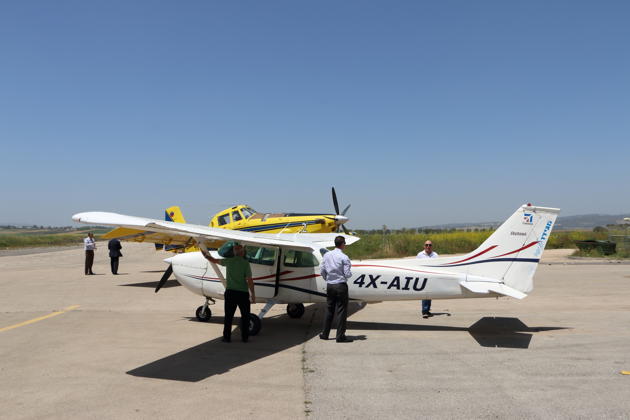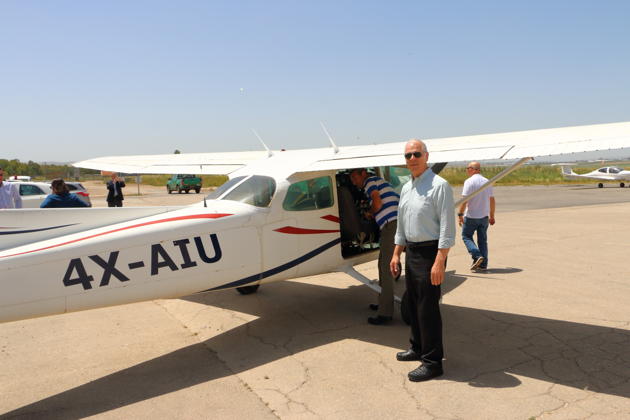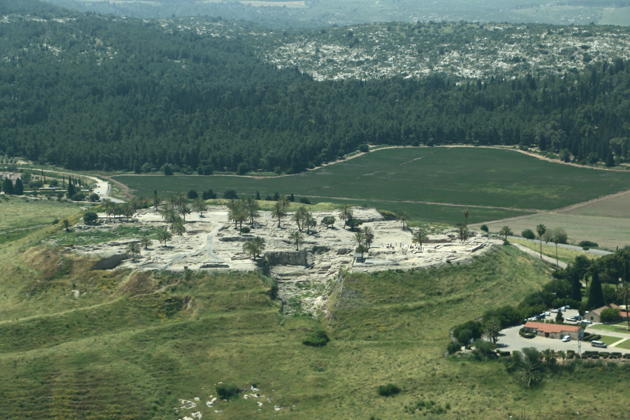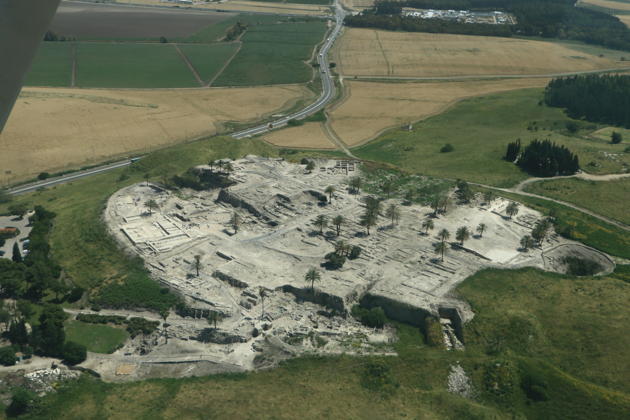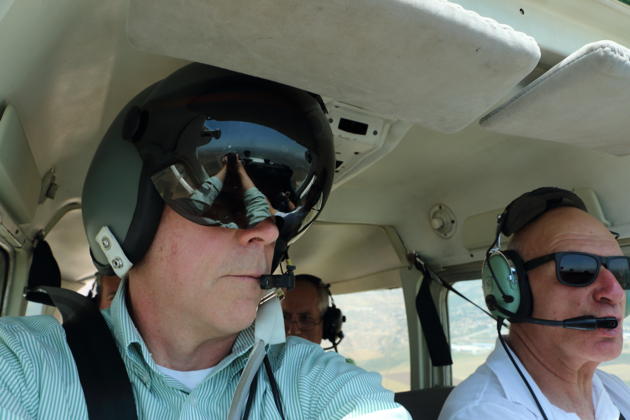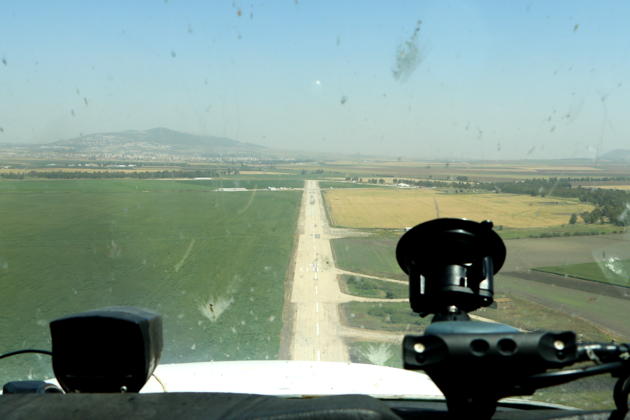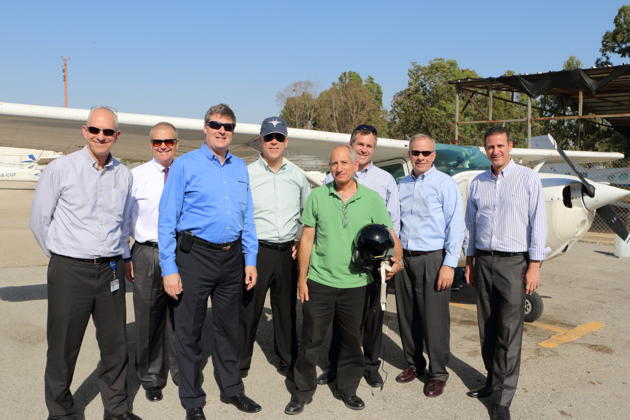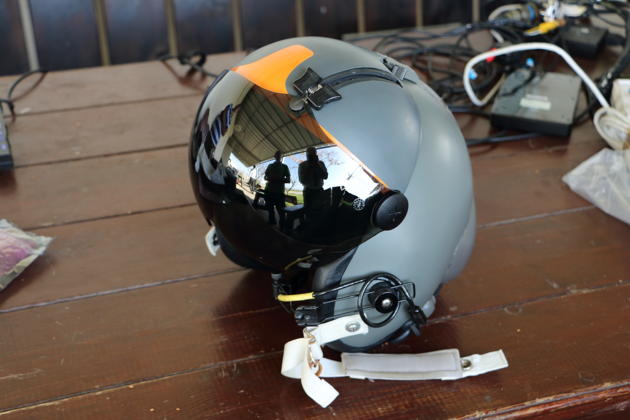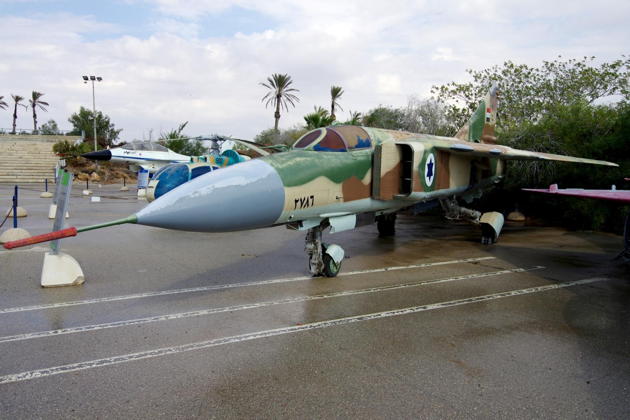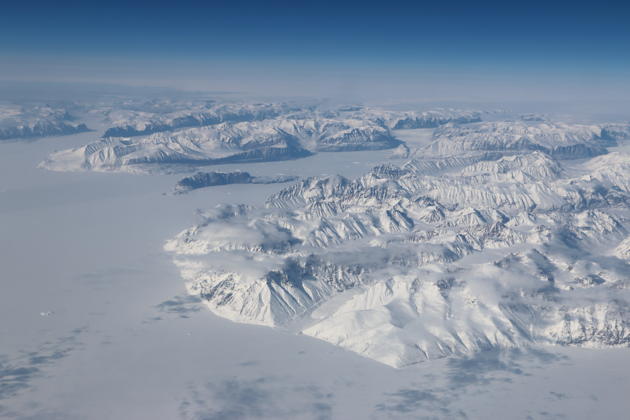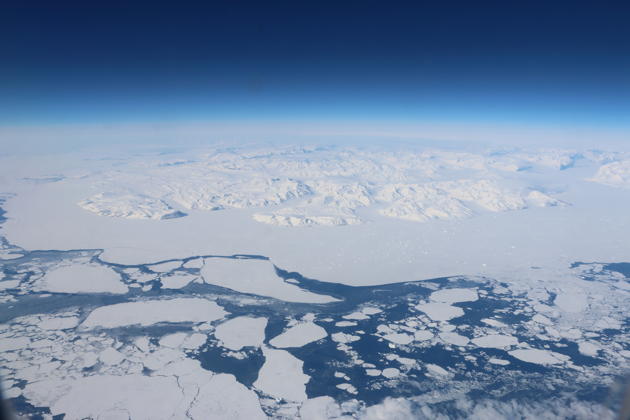FlightLog Archive
∟Aircraft Flown
Flying in Israel - Apr 2015
As part of the cockpit development for a new aircraft design, I've been involved with a very capable avionics design company from Israel. As part of their design work, we've been conducting a number of design reviews in Israel, in Haifa and Tel Aviv. One area of design development that the Israeli company has been marketing is their embedded training capability, with a focus on helmet-mounted displays (HMDs).
I've always wanted to fly in Israel, not as a passenger in an airliner, but at the controls of a private airplane. With another trip planned for avionics design meetings upcoming, I inquired about the possibility of seeing a helmet-mounted display demo from the best vantage point - in the air. After some discussion on timing, an offer of a flight demo was made, and I gladly accepted!
We gathered at the small Megiddo airfield, located southeast of Haifa, Israel, just south of a major Israeli Air Force F-16 base. When traveling in Israel, it's hard not to encounter a historical building or location every few miles. The Megiddo area has some remnants of ancient ruins still visible at Tel Megiddo, on a small rise located just a few miles southwest of the airfield. Megiddo has historical significance, since in the Bible's New Testament, Revelation 16:16 identifies Armageddon (from the ancient Greek Harmagedon, or Mountain of Megiddo) as the scene of an apocalyptic battle between good and evil.
The Megiddo airfield has another claim to fame, as it was the location of a defection of a Syrian MiG-23 on 11 October 1989. The MiG-23 is now on display at the Israeli AF Museum in Hatzerim.
We conducted a pre-flight briefing on the capabilities of the embedded training system and the symbology planned for display while airborne. Our flight vehicle was a well-worn Cessna 172 leased from a flying school located on the Megiddo airfield, with the helmet-mounted system driven using a laptop and GPS system, operated from the backseat. The briefed plan was to check out the HMD on the ground, followed by takeoff with a local Cessna flight instructor, then get the controls handled over at 1000 feet. The weather was clear and sunny, with some haze from local dust blown up by afternoon winds.
Four of us were scheduled for demonstration flights, and I volunteered to be first. With the instructor on the left, I jumped into the right forward seat, after the two system operators were seated in back. After a quick start, helmet check and taxi, we took off from Megiddo's runway 27, after taxiing by a small fleet of fire-fighting AT-802F Air Tractors that also called Megiddo home. The fire fighting squadron was established after a deadly forest fire that swept a ridge near Haifa in 2010.
The helmet symbology was uncluttered but effective, providing attitude, heading and steering symbology to the first waypoint, which was the large Church of the Transfiguration located on top of nearby Mount Tabor, located about 11 miles west of the Sea of Galilee. I took over control of the Cessna at 1000 feet, and climbed to our maneuvering block altitude of 1500-2000 feet. Most of Israeli airspace is controlled by the Israeli Air Force, with corridors established for civilian aircraft to fly in, train and transit the country. Since the Cessna 172 is so easy to fly, I had no issues controlling the aircraft while following the HMD waypoint cueing and staying in the designated airspace. The area surrounding Megiddo was agricultural, and was still relatively green from winter and spring rains, but was forecast to turn gold soon, as the Mediterranean climate takes effect and the rains stop for approximately 4-5 months.
While continuing to fly the Cessna around Mt Tabor, I was able to fly formation on a 'virtual' MiG-29 depicted in the helmet, as it flew racetrack patterns in the sky. The MiG-29 was flying at Cessna speeds, and I was able to successfully join to close formation, and maneuver visually around the MiG's flight path. I then was vectored north to check out missile flyout depictions from another MiG to the north, and then acquire and react to ground Surface-to-Air Missile (SAM) threats, with excellent cues for long range missile launches. Although I was tempted to maneuver against the SAM using fighter tactics, I decided to keep the wings on the Cessna and maneuver conservatively. The training depictions were excellent.
As we headed back toward the Megiddo airfield, I checked out more advanced HMD symbology, depicting specific ground areas, using outlines of the object's shape to quickly identify the item. Since the historic Tel Megiddo site was so close to the airfield, I flew nearby for an overhead view and for some in-flight photos of the Tel.
Although it was a basic Cessna 172, I enjoyed the opportunity to check out this Israel flying opportunity, and maneuver in the skies of this historic area. Seeing this strategic country from the air gave me a better awareness of the closeness of Middle Eastern airspace and the compact size and diversity of Israel.
On return from Israel, I flew on a 777 from London over central Greenland to Seattle, and even though it was already May, Greenland was still locked in snow and ice. The far north of our planet is another area that I need to fly over myself, at a lower altitude to check out the other-worldly terrain. Future flight planning...!
 KASPRZYK
KASPRZYK